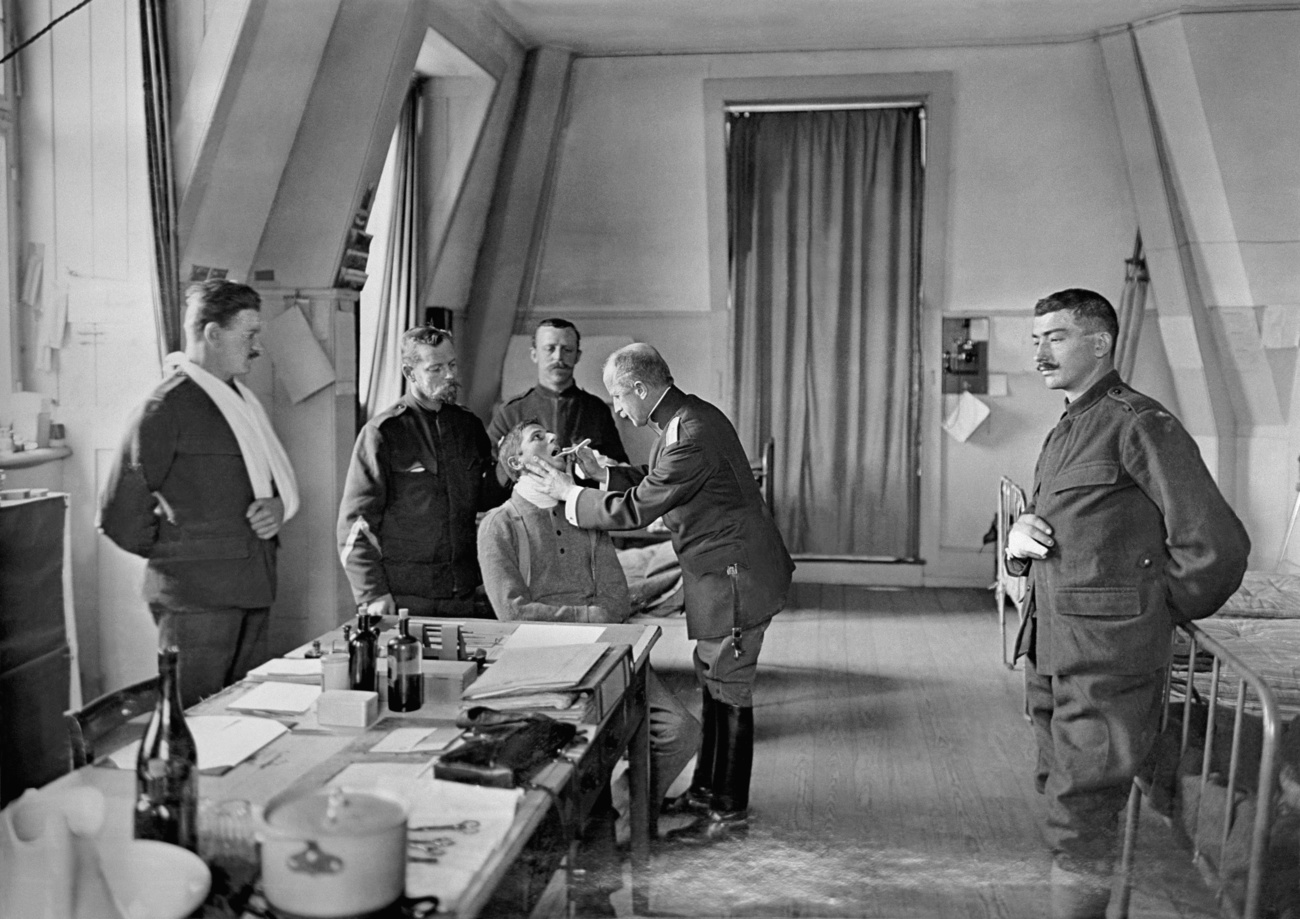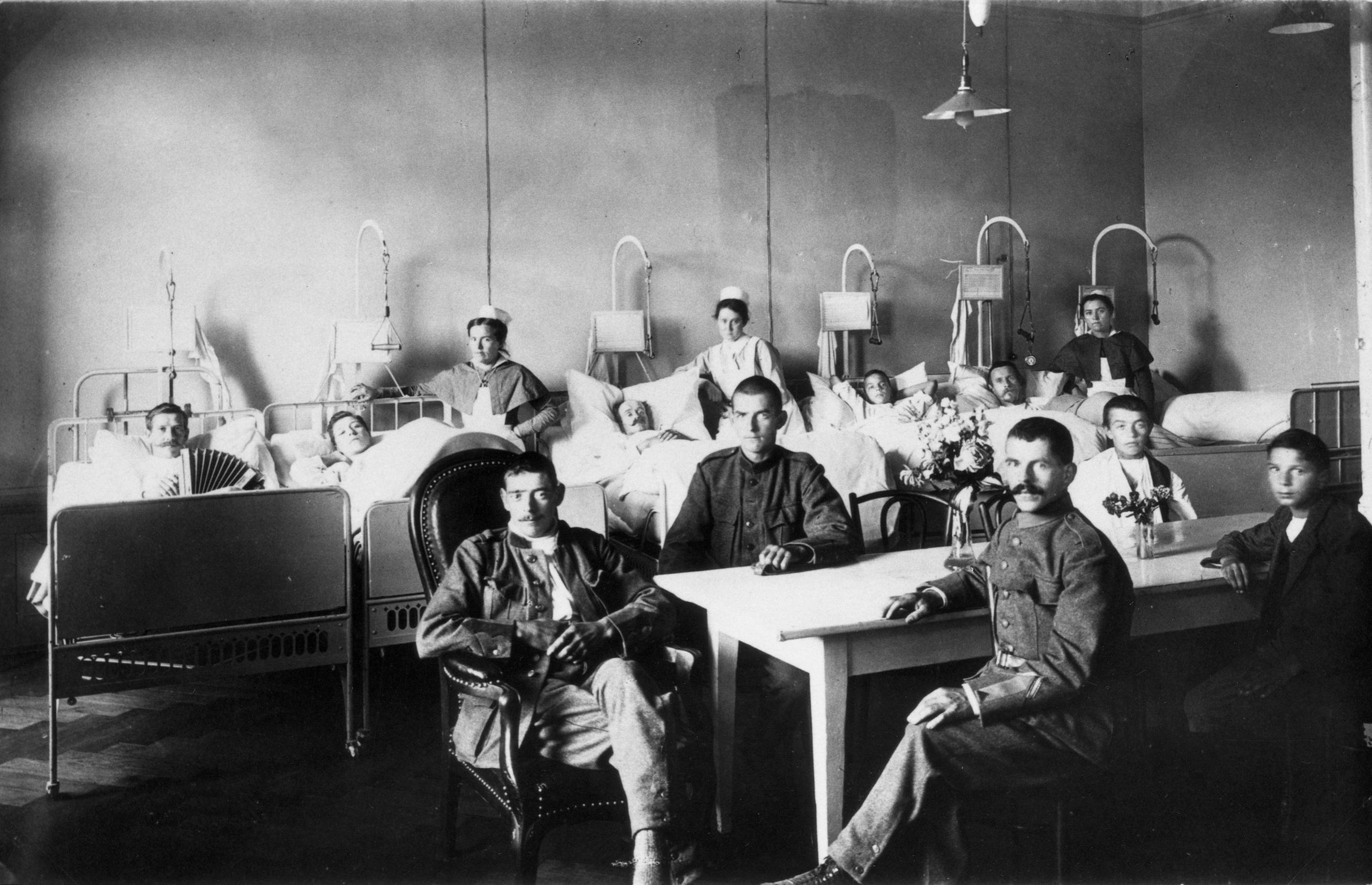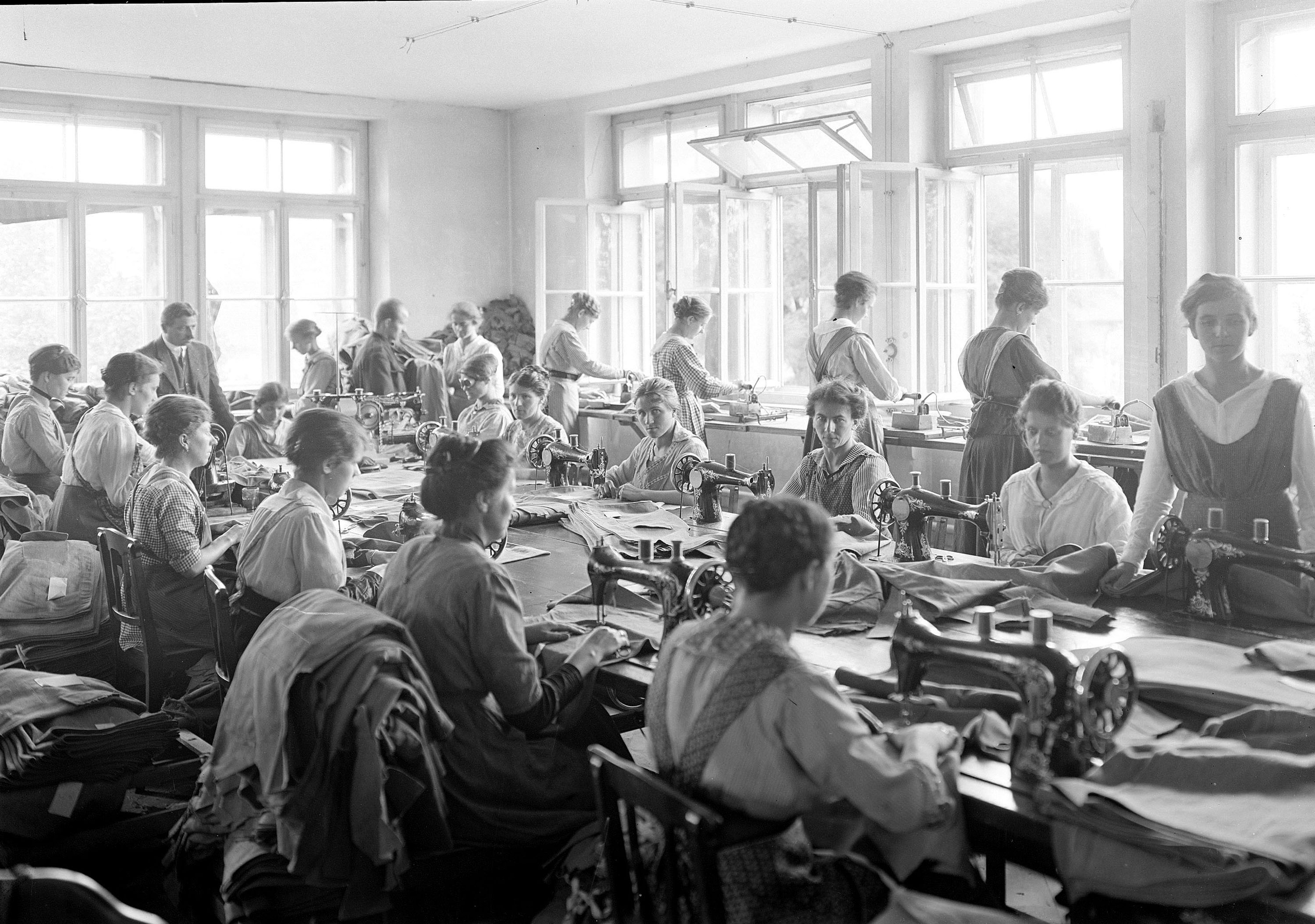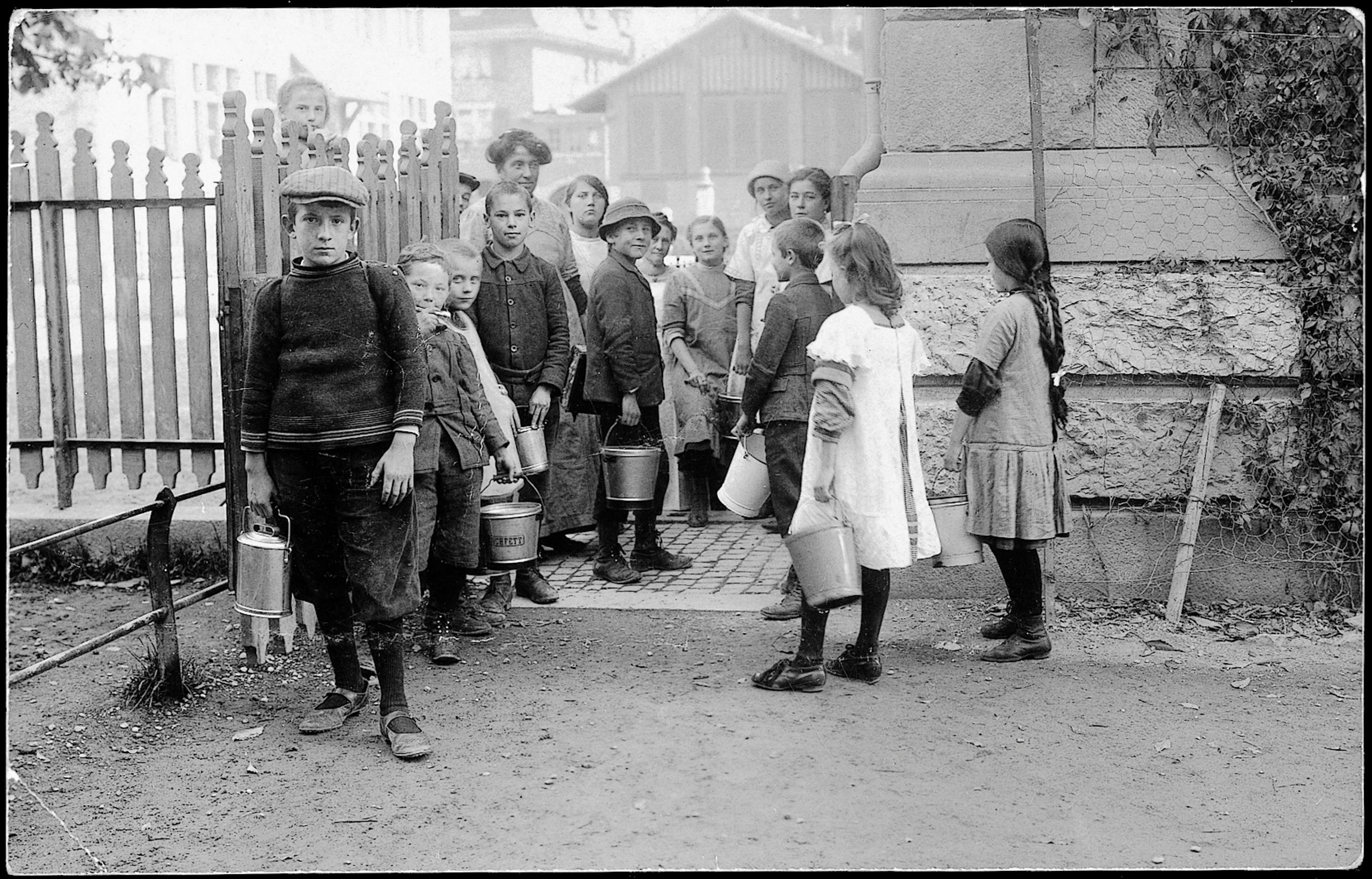
Swiss note many parallels between Covid-19 and Spanish flu

Implementing lockdown rules too late, then lifting them too soon or simply ignoring them: patterns in how the authorities and the population dealt with Spanish flu 100 years ago bear striking similarities to the coronavirus pandemic, according to Swiss and Canadian researchers.
In 1918 and 1919 the Spanish flu caused an estimated 20 million to 100 million deaths worldwide and killed 24,447 people in Switzerland, according to historical sources. The long-lasting second wave in particular claimed many victims.
With 6.1 deaths per 1,000 inhabitants, the 1918 influenza pandemic had the largest demographic effect in Switzerland in the 20th century, the Swiss-Canadian research team wrote in the journal Annals of Internal MedicineExternal link.

More
When Spanish flu hit Switzerland
“It’s remarkable how ever-greater similarities are emerging in the actions of the government and the authorities during the pandemics in 1918 and 2020,” historian Kaspar Staub from the University of Zurich told the Swiss News Agency Keystone-SDA.
“Of course, there are also important differences – today it’s a different virus, living conditions are different, the professional world is more networked and medical knowledge is greater,” he said.
For their study, the researchers traced the reactions to the Spanish flu in canton Bern, where the virus was particularly rampant.
At the beginning of the first wave in July 1918, the Bern authorities reacted quickly and centrally. They restricted gatherings, closed theatres, cinemas and schools and banned choir practice. The number of infections fell – after which all restrictions were lifted. However, this happened much too soon; the much worse autumn wave rolled in.
Fear of economic consequences
Fatally, at the beginning of the second wave the canton delegated the responsibility to enact measures to individual municipalities.
“But this decentralised reaction, out of fear of renewed restrictions and their economic consequences, didn’t work,” Staub said.

More
1914: how war changed Swiss life
The researchers wrote that “strikingly similar patterns were found in the management of the Covid-19 outbreak in Switzerland, with a considerably higher amplitude and prolonged duration of the second wave and much higher associated rates of hospitalisation and mortality”.
It wasn’t until a few weeks later in autumn 1918 that the cantonal government again issued stricter central measures and the pandemic subsided somewhat.
But the second wave of influenza continued to keep the population firmly in its grip. In November 1918, with the number of cases still high, conflicts arose between the government and the workforce, resulting in a national strike and mass gatherings. The assembly of troops in central localities also drove up transmissions again.

More
When Switzerland went on strike
As a result of the national strike, many people opposed the restrictions on assembly, which were subsequently relaxed following political and public pressure.
“These events were associated with a significant rebound in the number of cases, making the second wave all the more prolonged,” Staub said. A similar development is now feared because of the coronavirus mutations.
End in sight?
The study shows that Switzerland could have learnt from its history, said co-author and Bernese epidemiologist Peter Jüni from the University of Toronto.
“From my outside perspective, it’s hard to comprehend how in a well-organised, highly developed and privileged country like Switzerland, one in 1,000 people have died from Covid-19 and one in 300 have been hospitalised,” he said.
The researchers concluded that “a hesitant approach to public health interventions, despite early evidence of uncontrolled exponential growth, was associated with a lack of containment of the second waves of both the 1918 influenza and Covid-19 pandemics”.
But the historical view also reveals something hopeful. In spring 1919 the Spanish flu reappeared in a relatively mild third wave – and then disappeared. “The acute phases of pandemics also pass at some point,” Staub said.

More
Coronavirus: the situation in Switzerland

In compliance with the JTI standards
More: SWI swissinfo.ch certified by the Journalism Trust Initiative

























You can find an overview of ongoing debates with our journalists here . Please join us!
If you want to start a conversation about a topic raised in this article or want to report factual errors, email us at english@swissinfo.ch.